What is ABM?
It stands for Account-Based Marketing, which Hubspot defines as, “a focused growth strategy in which Marketing and Sales collaborate to create personalized buying experiences for a mutually-identified set of high-value accounts”. ABM is a multi-disciplinary go-to-market strategy that uses data to align sales and marketing, and follow a more targeted approach than the traditional ‘funnel’. This results in much cleaner outbound and marketing strategies with exponentially higher ROI on marketing spend, and a sales cycle with much less customer churn.
It goes hand in hand with an ‘account-first’ approach to segmentation and prospecting, rather than the traditional funnel shape with a ‘contact-first’ starting-off point. High-fit accounts won’t get lost in your funnel just because you don’t have a contact there; and you’ll see low-fit accounts for what they really are, even if they have an outlying contact sending you warm signals.
What is ABM for?
ABM is a smart way to get revenue-driving departments like Sales and Marketing (including Success and Demand Gen teams) aligned, sharing data and goals rather than delays and data gaps separating their goals and reducing conversion.
The essential idea is: if sales and marketing work together to define which customers to reach out to in the first place, they both save time and money. Marketers won’t be targeting the wrong segments with the wrong messages, and Sales won’t spend time qualifying low-fit prospects.
By the time customers are onboarded and working with Success teams, their high-fit status will mean that they’re less likely to churn, and instead you can look forward to long and productive relationships. Starting with ABM is the best way to drive ROI for marketing campaigns and make outbound strategy much more efficient.
How do I get started right now?
Sales and marketing need to talk first: agree on your ICP (single or multiple, spending on your business and products/services), your budgets and commercial goals.
Work backwards from the ICP and personas and look at enriched data to calculate all the different signals that make accounts high-fit. AI and machine learning provide the only way to accurately work out scores from as many different types of data as possible (more on this below).
With a list of high-fit accounts generated, think about what problems they have that you solve and craft variable messaging that will feel personalised (but not creepy!). You want to make it clear that you understand your accounts’ needs, so don’t just pitch; base the relationship on reciprocal understanding and education.
With messaging aligned across sales and marketing, the accounts are ready to be targeted with ads and contacted by sales.
Use the responses to your outbound to develop relationships with the best champions and contacts within those accounts, and go from there. Along the way you’ll gather data and insights to make the process even more successful each time you repeat it.
What data do I need for an ABM campaign?
There are a few distinct data sets (think of them as knowledge steps) for identifying your market, enriching the accounts, analysing their signals and distilling the perfect insights for personalised messaging.
First, where will your accounts come from? You might have more accounts than contacts in your CRM. Where that’s the case, many of the accounts might be high-fit without you knowing, because you don’t have the contact data and so haven’t qualified or spoken to them yet. Aggregate your own first-party data from across your CRM, web traffic and campaign responses.
Enrich this with public domain data about these accounts: technographic (what technologies do they use) and firmographic data (how is their company organised, how are they funded, who are they, who do they work with?) will provide many key signals surrounding their set-up and needs.
Further insights will typically come from intent data: business intelligence based on your accounts’ activity on third-party sites. And finally, contact data can be procured to turn these high-fit accounts into future meetings.
Related: Building prioritised target account lists
How does the rest of my company benefit from ABM?
ABM provides you with second-to-none metrics on the key vitals of your revenue generation: the ROI and efficiency of your outbound, the accuracy of your segmentation, and the growth potential of your business. Your go-to-market functions won’t just be generating great customers and revenue, they will also generate extremely valuable data that you can use to continually iterate strategy across your whole business. If you need help setting up ABM strategy with the data in your CRM, contact us to book a demo here.

